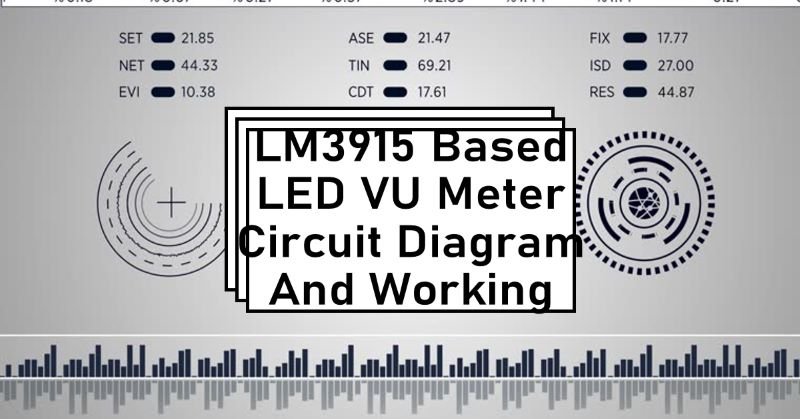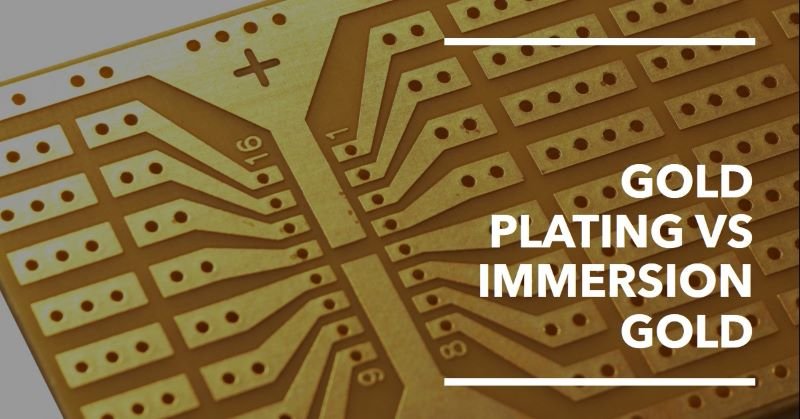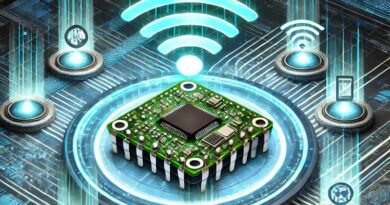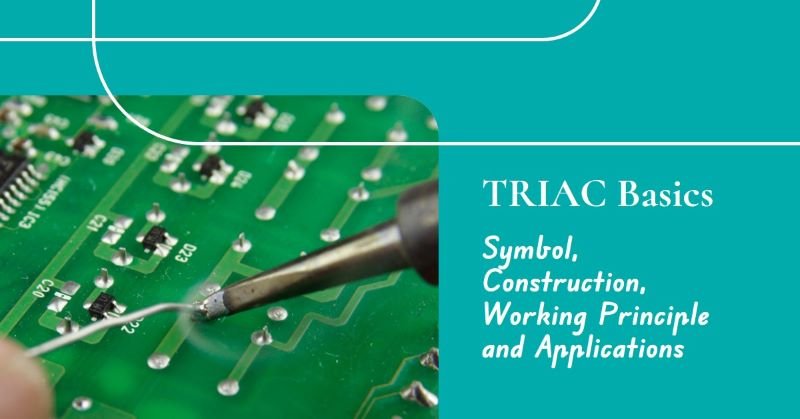Power Management Integrated Circuits (PMICs)
A Power Management Integrated Circuit (PMIC) is a device that is used to manage and control the power supply in electronic devices. It plays a crucial role in ensuring the efficient and reliable operation of these devices. There are several types of PMICs available in the market, each designed to meet specific power management requirements. In this article, we will explore what power management integrated circuits are and the most common types of PMICs and their applications!
What are Power Management Integrated Circuits (PMICs)?
Power Management Integrated Circuits (PMICs) are electronic devices that are designed to manage and control the power supply and distribution in various electronic systems. These integrated circuits play a crucial role in ensuring efficient power management, voltage regulation, and power delivery to different components of electronic devices.
A PMIC, or Power Management Integrated Circuit, is a specialized electronic component that is responsible for managing and regulating power in various electronic devices. It plays a crucial role in ensuring the efficient and reliable operation of these devices by controlling the flow of power to different components and subsystems.
PMICs are commonly found in a wide range of devices, including smartphones, tablets, laptops, wearable devices, IoT devices, and even automotive electronics. They are designed to optimize power consumption, extend battery life, and provide stable and clean power supply to the different components of the device.
How does a PMIC work?
A PMIC consists of several functional blocks that work together to manage power. These blocks typically include voltage regulators, power switches, battery chargers, voltage monitors, and control logic.
The voltage regulators are responsible for converting the input voltage, usually from a battery or an external power source, to the required voltage levels for different components. They ensure that each component receives the appropriate voltage for its operation, preventing damage due to overvoltage or undervoltage.
The power switches control the flow of power to different subsystems or components. They can turn on or off power supply to specific parts of the device, enabling efficient power management and reducing power consumption when certain components are not in use.
The battery charger circuitry allows the PMIC to charge the device’s battery from an external power source. It regulates the charging current and voltage to ensure safe and efficient charging, protecting the battery from overcharging or overheating.
The voltage monitors continuously monitor the voltage levels of different components and provide feedback to the control logic. The control logic uses this feedback to adjust the voltage regulators and power switches accordingly, maintaining stable power supply and preventing any power-related issues.
Types of PMIC
Here are some common types of PMIC:
1. Voltage Regulator Modules (VRMs)
VRMs are one of the most basic types of PMICs. They are responsible for converting and regulating the voltage supplied to different components of an electronic device. VRMs are commonly used in computer motherboards, graphics cards, and other high-performance devices. They ensure that each component receives the appropriate voltage level for optimal performance and prevent any voltage fluctuations that could potentially damage the components.
2. Battery Management Systems (BMS)
Battery Management Systems are PMICs specifically designed for managing and controlling the charging and discharging of batteries. They are commonly used in portable electronic devices such as smartphones, tablets, and laptops. BMSs monitor the battery voltage, current, and temperature to ensure safe and efficient charging. They also provide protection features such as overcharge protection, over-discharge protection, and short circuit protection to prolong the battery life and prevent any potential hazards.
3. Power Factor Correction (PFC) Controllers
Power Factor Correction (PFC) controllers are PMICs used in power supplies to improve the power factor. The power factor is a measure of how effectively electrical power is being used. PFC controllers help to reduce the reactive power and harmonics, resulting in a more efficient and reliable power supply. They are commonly used in industrial and commercial applications where a high power factor is required to minimize energy losses and improve overall power quality.
4. DC-DC Converters
DC-DC converters are PMICs that convert one voltage level to another. They are widely used in various electronic devices to provide the required voltage levels for different components. DC-DC converters can step up (boost) or step down (buck) the voltage depending on the application. They are commonly found in mobile devices, automotive electronics, and renewable energy systems. DC-DC converters are essential for efficient power distribution and voltage regulation in these devices.
5. LED Drivers
LED drivers are PMICs specifically designed for driving and controlling LED (Light-Emitting Diode) lighting systems. They provide the necessary power and current regulation to ensure the optimal performance and longevity of LEDs. LED drivers can vary the current and voltage supplied to the LEDs, allowing for dimming and color control. They are commonly used in a wide range of applications, including residential lighting, automotive lighting, and display backlighting.
Importance of PMICs in Electronic Devices
PMICs are essential components in electronic devices as they help optimize power consumption and enhance overall performance. They provide a stable and regulated power supply to ensure the proper functioning of various components, such as processors, memory, display panels, and wireless modules.
One of the key advantages of PMICs is their ability to convert and regulate power from different sources, such as batteries, AC adapters, or USB ports, to meet the specific requirements of the device. This ensures that the device operates within the safe voltage and current limits, preventing any damage or malfunction.
Features and Functions of PMICs
PMICs offer a wide range of features and functions that enable efficient power management in electronic devices. Some of the common features include:
- Voltage Regulation: PMICs regulate the voltage supplied to different components to ensure stable and reliable operation.
- Power Conversion: PMICs convert power from one form to another, such as DC-DC conversion or AC-DC conversion, based on the device’s requirements.
- Battery Management: PMICs control the charging and discharging of batteries, ensuring optimal battery life and performance.
- Power Sequencing: PMICs manage the order in which different components of a device are powered on/off, preventing any potential issues or damage.
- Power Monitoring: PMICs provide real-time monitoring of power consumption and can trigger alerts or take corrective actions in case of abnormal power usage.
- Thermal Management: Some PMICs incorporate thermal management features to regulate the temperature of the device and prevent overheating.
Applications of PMICs
PMICs find applications in a wide range of electronic devices, including:
- Smartphones and tablets
- Laptops and notebooks
- Smartwatches and wearable devices
- Internet of Things (IoT) devices
- Automotive electronics
- Industrial equipment and machinery
Benefits of Using PMICs
Integrating PMICs in electronic devices offers several benefits:
- Improved Power Efficiency: PMICs help optimize power consumption, reducing energy waste and extending the battery life of portable devices.
- Enhanced Performance: By providing stable power supply and voltage regulation, PMICs ensure consistent and reliable performance of electronic components.
- Space and Cost Savings: PMICs integrate multiple functions into a single chip, reducing the need for additional components and saving space and cost in device design.
- Protection and Safety: PMICs include built-in protection features, such as overvoltage protection, overcurrent protection, and thermal shutdown, safeguarding the device and its components.
- Flexibility and Customization: PMICs can be programmed and configured to meet the specific power requirements of different devices, allowing for flexibility and customization.
Conclusion
In conclusion, Power Management Integrated Circuits (PMICs) play a vital role in ensuring efficient power management and optimal performance of electronic devices. With their ability to regulate voltage, convert power, and monitor power consumption, PMICs contribute to improved power efficiency, enhanced performance, and overall reliability of electronic systems. Their integration in various devices has become essential in today’s technology-driven world, enabling longer battery life, cost savings, and a better user experience.








